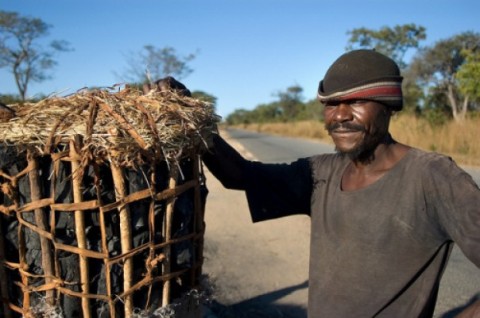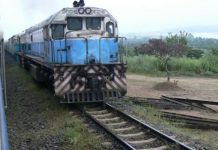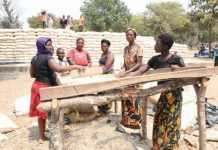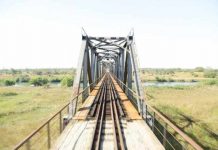ONE of the country’s renowned wildlife sanctuaries, Save Valley Conservancy, is under serious threat from deforestation as people are cutting down trees to harvest charcoal, which is smuggled out of the country for sale.
BY PATRICK CHITONGO
It is understood that most of the charcoal is smuggled into Zambia and Mozambique where it fetches good prices.
Deputy minister of Agriculture and Mechanised Farming Responsible for Livestock, Paddy Zhanda expressed shock at the destruction of trees during a tour of the conservancy last week.
Zhanda was accompanied by Robert Mukwena and Denford Masiya, National Assembly members for Chiredzi North and Chiredzi East respectively.
He urged villagers to stop cutting down trees and venture into animal husbandry.
During the tour of the conservancy, the team came across 100 charcoal bags suspected to have been abandoned by people that had travelled from Mutare to harvest the commodity.
Investigations by Standardcommunity revealed that the people were cornered by game rangers, forcing them to offload their loot from their truck before they fled.
The charcoal poachers work in cahoots with some members of the community who are hired to cut down trees for a fee.
They burn the tree logs to get charcoal and package them into bags before loading them into trucks.
Some villagers said apart from being smuggled into Zambia and Mozambique, the charcoal also found its way to cities like Harare and Mutare where it had ready markets.
A 90kg bag of charcoal fetches US$30.
Zhanda, who was launching a commercial livestock farming programme to newly resettled farmers in the sanctuary, urged villagers to stop deforestation as it caused massive environmental degradation.
“I am here to encourage you to venture into livestock farming. This area is suitable for cattle ranching because there is low rainfall, but good pastures for cattle,” said Zhanda. “You must stop poaching and deforestation as a means of survival.”
Over hundred families were allocated land in the conservancy. The conservancy is situated in ecological Region Five which receives low rainfall and is suitable for cattle ranching.

 JOIN DRIVERN TAXI AS PARTNER DRIVER TODAY!
JOIN DRIVERN TAXI AS PARTNER DRIVER TODAY!











